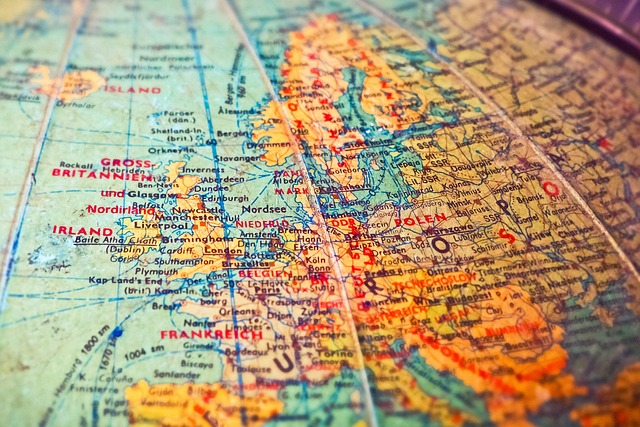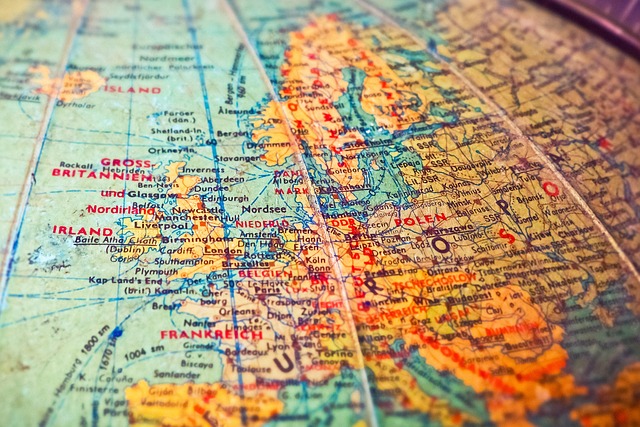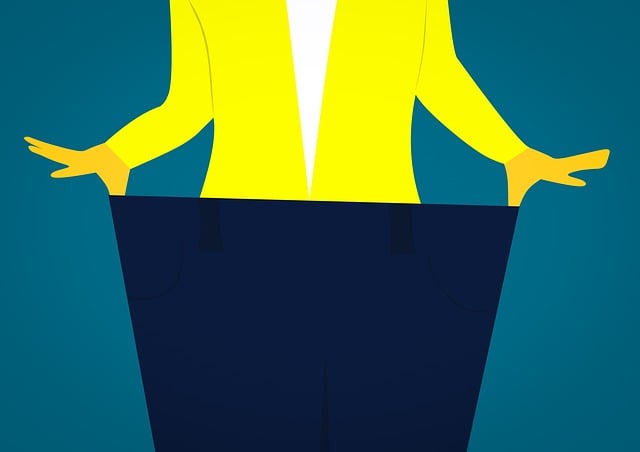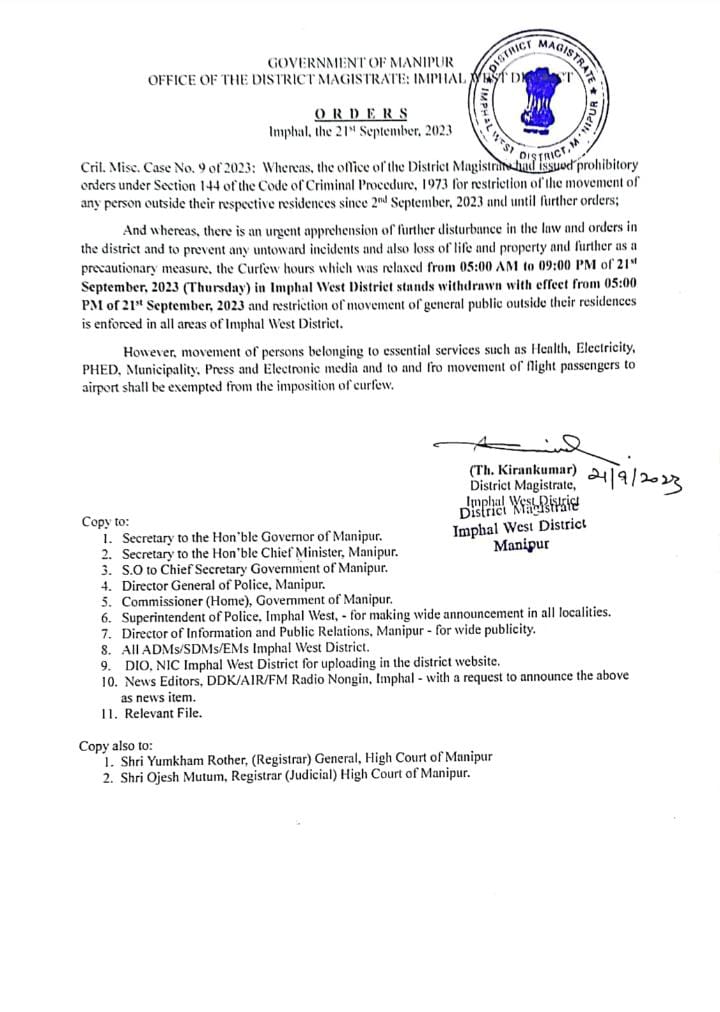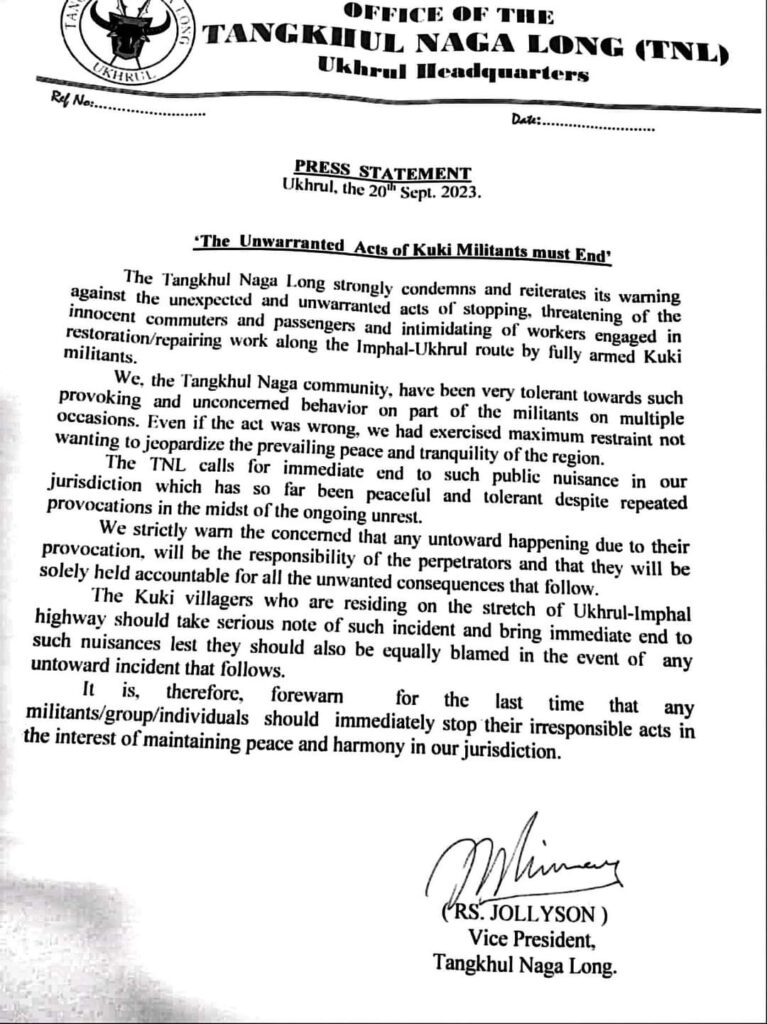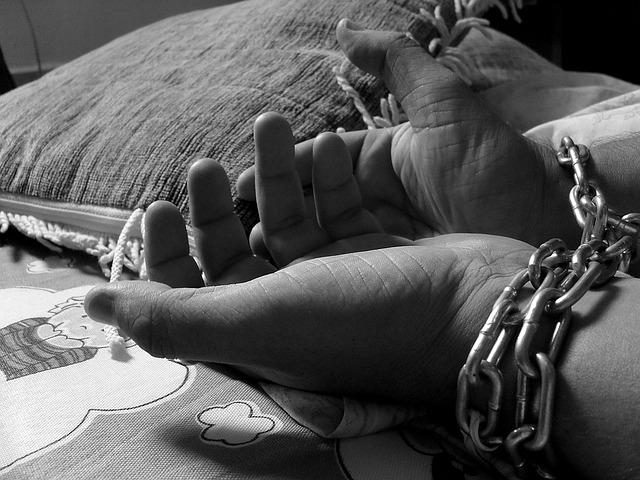
Human Trafficking in India: Unveiling the Shadows
In the vast tapestry of India’s social, economic, and cultural landscape, there exists a dark and distressing thread: human trafficking. India, with its diverse population and complex socio-economic challenges, is unfortunately a hotspot for this heinous crime. This article delves into the complexities of human trafficking in India, exploring its various dimensions, root causes, the legal framework, and the efforts to combat this grave issue.
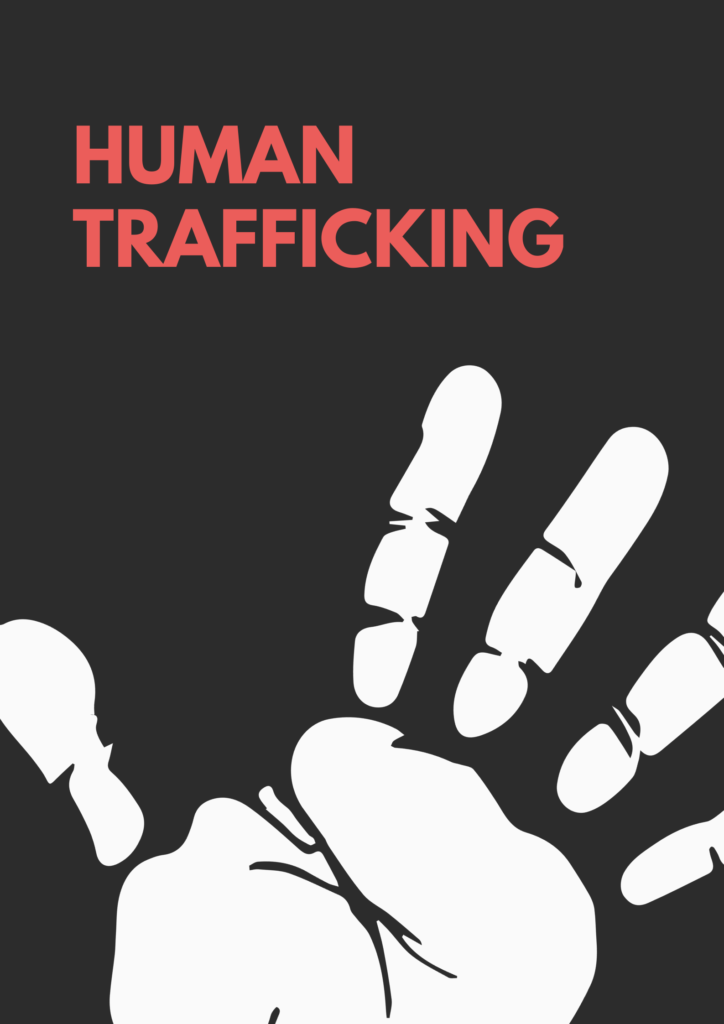
October 26, 2023 Imphal By Banti Phurailatpam:
**1. Understanding Human Trafficking:
Human trafficking is a global problem, involving the recruitment, transportation, harboring, or receipt of people through the use of force, coercion, fraud, or deception, with the aim of exploiting them for forced labor
**2. Scope and Scale:
India, as one of the most populous countries in the world, grapples with a significant problem of human trafficking. The scale of the issue is vast, and it affects people from all walks of life, particularly women and children. It’s estimated that millions are at risk of trafficking, and many have already fallen victim to it.
**3. Root Causes:
Human trafficking is a multifaceted problem with deeply rooted causes:
Poverty: Poverty is a major factor driving vulnerability to trafficking. People living in poverty are often lured by the promise of better job opportunities and living conditions.
Lack of Education: Limited access to education perpetuates vulnerability. Lack of awareness and education makes individuals easier targets for traffickers.
Gender Discrimination: Women and girls are disproportionately affected by trafficking. Gender discrimination and violence play a significant role in the trafficking of women and children for sexual exploitation.
Lack of Employment Opportunities: A lack of legitimate job opportunities can push individuals into the hands of traffickers who promise employment.
Conflict and Displacement: Conflict regions and areas of political instability are breeding grounds for trafficking. Displacement and refugee crises increase vulnerability.
**4. Types of Human Trafficking in India:
India experiences various forms of human trafficking:
Forced Labor: Victims are subjected to exploitation in sectors such as domestic work, agriculture, construction, and factories.
Sex Trafficking: India is a source, transit, and destination country for sex trafficking.
Child Labor: Millions of children in India are involved in child labor, often under harsh conditions and with limited or no access to education.
Bonded Labor: People are trapped in debt bondage, often inherited from one generation to the next.
Organ Trafficking: The illegal trade in organs is another dimension of human trafficking, with vulnerable individuals often coerced or deceived into selling their organs.
**5. Legal Framework:
India has laws in place to address human trafficking, including the Immoral Traffic (Prevention) Act, 1956, and the Bonded Labor System (Abolition) Act, 1976. Additionally, the Protection of Children from Sexual Offences (POCSO) Act, 2012, and the Juvenile Justice (Care and Protection of Children) Act, 2015, offer legal protection to children from sexual exploitation.
**6. Challenges in Combating Human Trafficking:
Despite legal frameworks, combating human trafficking remains a complex challenge in India:
Lack of Awareness: Many individuals are unaware of their rights and the risks of trafficking.
Corruption: Corruption within law enforcement agencies and the judiciary often hampers efforts to combat trafficking.
Inadequate Victim Support: Rehabilitation and reintegration programs for survivors of trafficking are often lacking or underfunded.
Cross-Border Trafficking: India shares borders with several countries, and cross-border trafficking is a significant issue. Coordination with neighboring nations is essential.
**7. Efforts and Initiatives:
India has made efforts to combat human trafficking:
Rescue and Rehabilitation: Government and non-governmental organizations conduct rescue and rehabilitation operations to free victims and provide them with support.
Awareness Campaigns: Various campaigns and initiatives are aimed at raising awareness about human trafficking and its prevention.
Partnerships: Collaborative efforts with international organizations and neighboring countries have been established to combat cross-border trafficking.
**8. Conclusion:
Human trafficking is a dark stain on the social fabric of India, affecting millions of lives. It is a complex issue with deep-rooted causes, and its eradication requires concerted efforts from government, civil society, and the international community. Legal frameworks are in place, but their effective implementation and enforcement remain ongoing challenges. Combating human trafficking necessitates a multifaceted approach, addressing not only the legal aspects but also the socio-economic conditions that perpetuate vulnerability.
Efforts to combat trafficking in India should focus on prevention through education and awareness, the protection of victims, prosecution of traffickers, and international cooperation. Only through a sustained and collective endeavor can India hope to eliminate this grave violation of human rights and ensure a brighter and safer future for its citizens, free from the shadows of trafficking.
Human Trafficking in India: Unveiling the Shadows Read More
